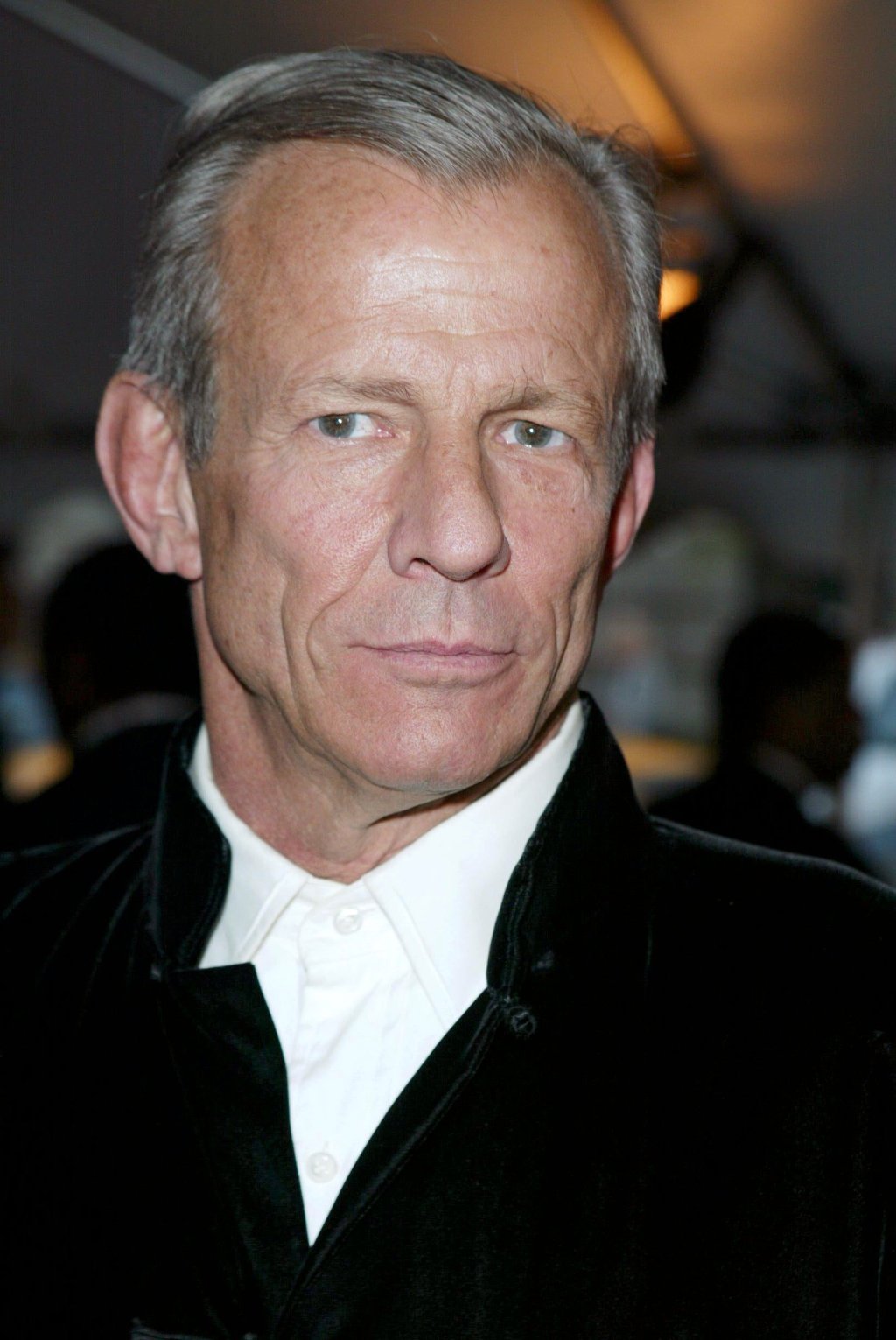[ad_1]
Peter Beard, a renowned photographer who was known for his images of wildlife, has died at 82. Beard was found dead on Sunday in woods near his home in Montauk on Long Island after a 19-day search. He had suffered from dementia and was reported missing in late March.
“We are all heartbroken by the confirmation of our beloved Peter’s death,” the Beard family said in a statement to the New York Times, adding, “He died where he lived: in nature.”
Beard was an expert myth-maker: A 2007 Vanity Fair profile called him “the personification of masculine imperviousness.” Writer Bob Colacello described Beard as “Half Tarzan, half Byron” in the book Holy Terror. And Beard once called himself a “relentless parasite with 2 panoramic cams.” To many, he was simply the last adventurer.
For 60 years, he documented the wilds of Africa, portraying it as a land of danger, death, and romance. By his own accounts, Beard thrived on near-death experiences in the safari, once requiring major surgery after being trampled by a herd of elephants. But Beard’s concern for the continent’s imperiled fauna was evident.
His best-known work The End of the Game, first published in 1965 and reissued by Taschen in 2015, is both a travelogue and meditation on the impact of Western civilization on Kenya’s vulnerable wildlife. In one searing black and white photo, a rhino charges at Beard’s camera. “These are not ‘pretty’ Walt Disney shots of gazelles leaping through the meadows or parrots chattering in the jungle greenery,” the New York Times Book Review wrote in 1965. “Beard’s pictures catch all the saw-toothed savagery of the animals who must show each day that they are fit to survive.”
Images and artifacts related to that body of work have been exhibited at the Centre National de la Photographie in Paris and International Center of Photography in Manhattan, among other institutions.
Beard was also known for a vast collection of genre-defying diaries, which he began penning as a child. Equal parts collage and memoir, the pages are overstuffed with photography, found objects, carcasses, and splatters of blood, which he described to Interviewin 2016 as being “better than any ink or paint.” (In 1977, many were destroyed when the main house on his Montauk property caught fire, along with works by Bacon, Warhol, and Picasso.)
In some ways, Beard’s persona as a socialite eclipsed his artistic endeavors, however. Charismatic and blessed with movie-star looks, he partied among a glamorous crowd that included Truman Capote, Francis Bacon (who painted Beard’s likeness around 30 times), and the Rolling Stones. “Mick arrived so drunk from an afternoon with Peter Beard and Francis Bacon that he fell asleep on my bed,” wrote Andy Warhol in the 1970s. Famously, Beard’s drug-fueled escapades extended well into old age. The New York Daily News once called him “the hard-partying septuagenarian shutterbug.”
Beard’s childhood amid Manhattan’s upper-crust stands in contrast to all that. He was born in New York in 1938, the grandson of James J. Hill, the founder of the Great Northern Railway. Beard was the self-proclaimed black sheep of his family. At age 17, he took his first trip to Africa with Quentin Keynes, a great-grandson of Charles Darwin, where he was chased by a hippo he was attempting to photograph. At Yale University, he studied art history with artist Josef Albers, only to return to Kenya after his junior year. He eventually bought 45-acre property in the country, splitting his time between there and Montauk.
In addition to The End of Game, Beard published Eyelids of Morning, a book about crocodiles; Peter Beard, a monographic collection of his work; and Zara’s Tales: Perilous Escapades in Equatorial Africa, which was written for his daughter and illustrated with Nejma Khanum, his wife since 1986. In it, he includes a quote by the 18th-century poet William Blake that doubles as an apt epitaph: “You never know what is enough unless you know what is more than enough.”
[ad_2]
Source link


